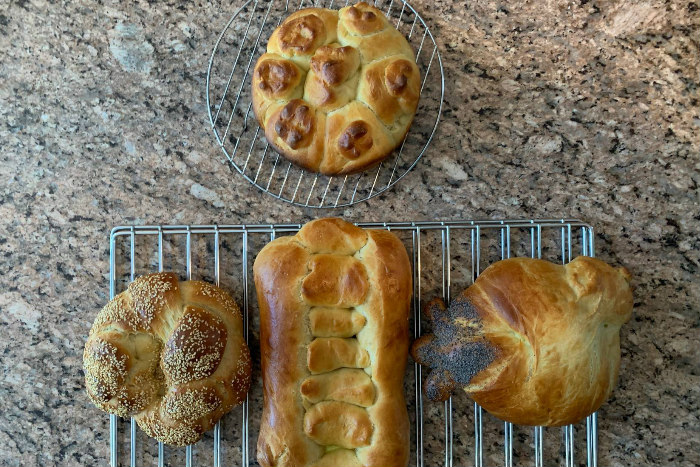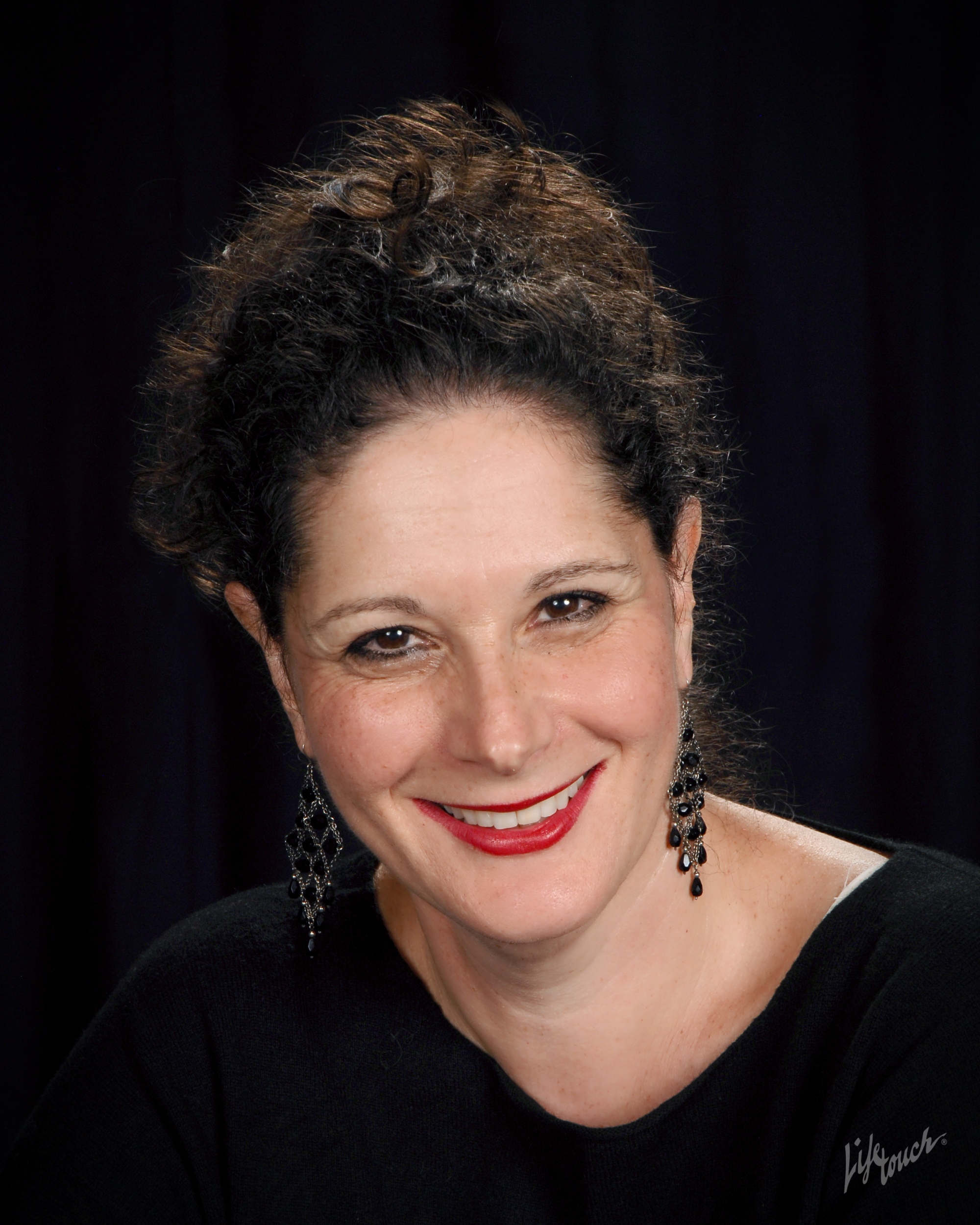
In Pirkei Avot, Rabbi Elazar ben Azariah taught, “If there is no bread, there is no Torah; and if there is no Torah, there is no bread.”
I love these words. They echo in my mind when I partake in two of my favorite almost-daily activities, the study of Torah and baking bread. On the holidays, these two passions intersect, as they have for generations of Jews, when I shape challah. The traditional shapes for challot (plural) can be a Torah study on our festival tables.
Keter (Round) Challah
On Rosh HaShanah, the most common form of challah is the round challah. The roundness represents the cycle of the year past and the cycle of the year ahead of us. Others say that the round shape reminds us to perform t’shuvah and live a life of goodness without end.
The round challah is also known as a keter challah, its circular shape reminiscent of the classic spherical crowns worn by European sovereigns. The challah shaped into a crown reminds us of God as Malkeinu, our Sovereign, a major theme of the Rosh HaShanah holiday.
Rimonim (Pomegranate) Challah
Living in Israel, I was introduced to the rimonim challah, a crown made up of seven pomegranates shaped into a circle. This is eaten on Rosh HaShanah’s second night because of its symbolism of eating a fruit newly in season (and also to justify a Shehecheyanu blessing).
Tradition teaches that each pomegranate has 613 seeds, equivalent to the number of mitzvot in the Torah, which teaches us to live our lives filled with the mitzvot. The use of the seven pomegranates shaped into this round is significant. Because Rosh Hashanah is considered the anniversary of creation, which Torah teaches takes place in seven days, seven pomegranates are used to create this challah.
Sulam (Ladder) Challah
Do you remember the story of Jacob’s dream and the ladder with angels going up and coming down? This challah, baked in the shape of a seven-rung ladder, reminds us of this connection between heaven and earth which we evoke as we ask God to accept our repentance at the New Year.
You can also find this challah shape on other festival tables at Sukkot and Shavuot, the two major pilgrimage festivals on which challah is eaten.
Bird Challah
Just before Yom Kippur, another challah shape appears on some of our tables before we take our fast: challah shaped like a bird, or smaller challah rolls shaped as birds.
This shape is inspired by Isaiah 31, in which God is said to protect Jerusalem like a mother bird hovering over her chicks. The bird challah also symbolizes God’s mercy, the perfect symbol for the Day of Judgment. Others say that bird challah is eaten in the hope that our sins will fly away or that our prayers might ascend to the heavens.
When I make challah into these special shapes for the Days of Awe, I connect to the women before me who carefully shaped their challot to teach Torah to their families and the generations of parents who will shape theirs in the future.
Whatever shapes you choose to bake, may your tables be filled with the sustenance of both challah and Torah in this coming New Year.
